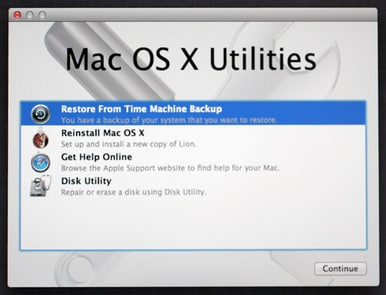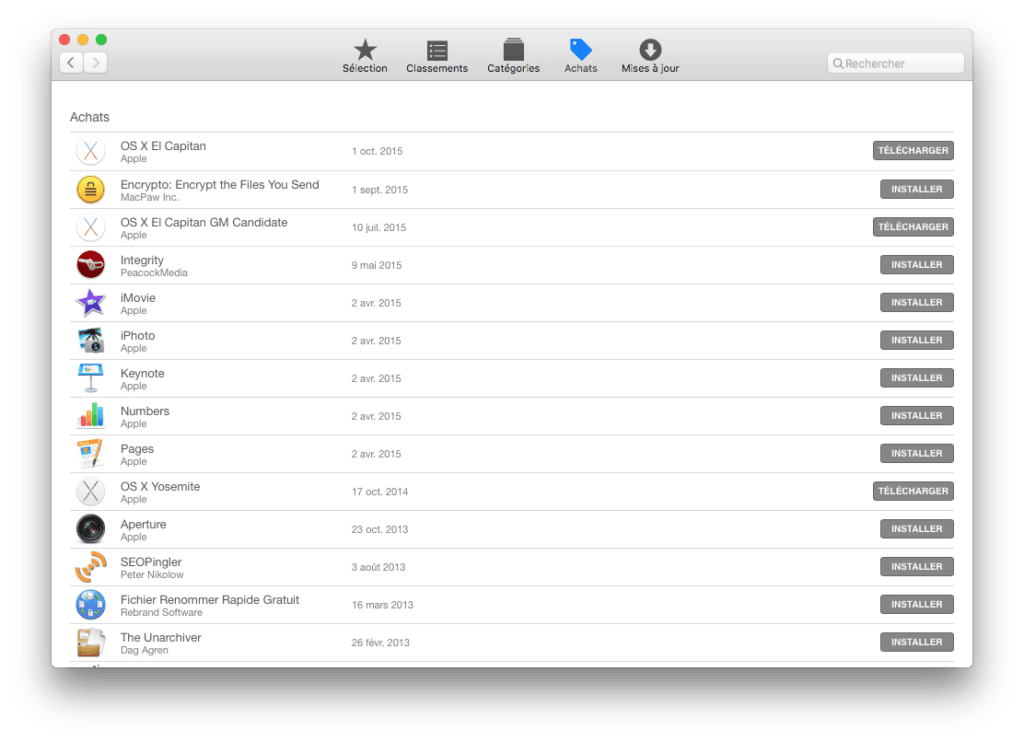

Though not necessary, CCC offers the ability to also clone the recovery partition on a Mac and using that image, it can also be used to create a recovery partition on an internal or external drive using a non-destructive process. The clone image can be stored on another partition either internally or externally and will appear as a selection to boot to when accessing Apple’s boot manager screen when pressing Option during the startup process. Solution 2: Restore the recovery HD using Carbon Copy Cloner 4Ĭarbon Copy Cloner (CCC) 4 is an application that can create backups of your data selectively or perform bit-for-bit backups, or block-level to allow you to effectively create a bootable image of your existing computer. Still, if you’re feeling adventurous or have downloaded the same installer version of OS X that is currently available on your Mac (or don’t mind reformatting and restoring your data afterwards), this will definitely bring back the recovery HD. Plus, it’s a general best practice to install a newer OS over an older OS, but not the other way around. Also, depending on the version of OS X currently installed on your Mac, the installer being used may be older than the current OS level, which might lead to system instability down the line.

A downside is that you have to wait to reinstall OS X all over again. Reinstalling OS X - even over an existing 10.10 install - will trigger the installer to recreate the recovery partition. While not a technical solution per se, it is an effective one. Follow along below, as both tasks are described.

There are, however, two ways to successfully restore the recovery partition. Sadly, the script is not compatible with Apple’s latest OS Yosemite, and the introduction of Fusion Drives and Core Storage further complicate matters, making restoring the recovery partition a largely futile effort. I’ve written about Recovery Partition Creator by Christopher Silvertooth, which has been a heaven send as the small, yet powerful app essentially scripts the entire creation process in minutes. While the process is largely successful, there are times when the previous recovery HD partition is either deleted during upgrade or never created for reasons unknown.

Being the first OS deployed specifically through the Mac App Store, a recovery partition was created during the installation/upgrade process that contained the files necessary to reinstall OS X should it be necessary in the future. Jesus Vigo walks you through two solutions that should do the trick.īeginning with 10.7 Lion, Apple stopped distribution of OS X through the usual DVD optical media. How to restore the recovery partition in OS X 10.10 Yosemiteĭon't despair if you need to restore the recovery partition in OS X Yosemite.


 0 kommentar(er)
0 kommentar(er)
